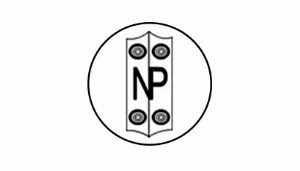Nagaland Pollution Control Board (NPCB) on Monday expressed concern over the deteriorating air quality in Dimapur city with RSPM level increasing every year. According to the findings of National Air Quality Monitoring Programme (NAMP), one of the major sources of high RSPM levels is vehicles. The vehicle population is increasing exponentially in many cities.
In a PowerPoint presentation at the National Clean Air programme held at Don Bosco School, Dimapur on the theme “Awareness and Capacity Building”, NPCB scientist ‘B’, Yanathung Kithan stated that the annual average concentration of RSPM, which the government has set was 60 micro gram per cubic metre or µg/m3. Below 60 µg/m3 shows the air quality is good.
He, however, said Dimapur for consecutive years, have shown 79 µg/m3, 78 µg/m3, 99 µg/m3, and 97 µg/m3 from 2019-2022 respectively. While RSPM for Kohima from 2019-22 has shown 91 µg/m3, 89 µg/m3, 77 µg/m3, and 72 µg/m3, which shows an improvement. Kithan said that air quality of Kohima and Dimapur had been placed under non-attainment cities with respect to particulate matter (PM10), which shows a serious concern. He also highlighted the health impacts of air pollution and various sources of air pollution and its effects on people.
Kithan stated that overall pollution-related deaths were also the highest in India which includes water, lead, and occupation-related pollution. Kithan urged all the individuals, local bodies, Gram panchayat, and village councils to ensure that the open burning of plastic waste did not take place.
Stating that air pollution was affecting people throughout their lifetime, he said it was the sole responsibility of not only one department but the whole community and individual to come together to improve the quality of environment.
According NPCB scientist ‘B’, Nagaland under the National Air Monitoring Programme has 11 manual monitoring stations and 1 CAAQMS stations– 7 manual stations in Dimapur, one each at Bank Colony, NPCB office, Viola colony, Tenyiphe-II Chumoukedima, Burma camp, Dhobinala, Kuda-C, Nagarjan while Kohima has four manual Monitoring Stations, one opposite NST Office, PWD Junction, High School Junction, Upper Midland. Regrading waste management in Nagaland, he said there was only one scientific treatment plant at Kohima having 50 TPD Capacity funded under ADB-assisted NE Region Urban Development Programme funded through Ministry of Housing and Urban Affairs. He informed that the central government launched National Clean Air Programme as a long-term, time-bound, National level strategy to achieve the targets and it has aimed at a 40% reduction in particulate matter by 2026.
Earlier, EAC Dimapur, Imlijungla Lemtur presented keynote address while vote of thanks was proposed by SDO(C) L. Samuel.
Tuesday, August 26, 2025

